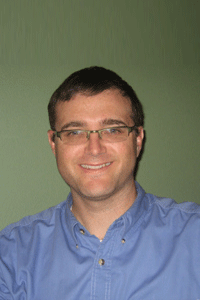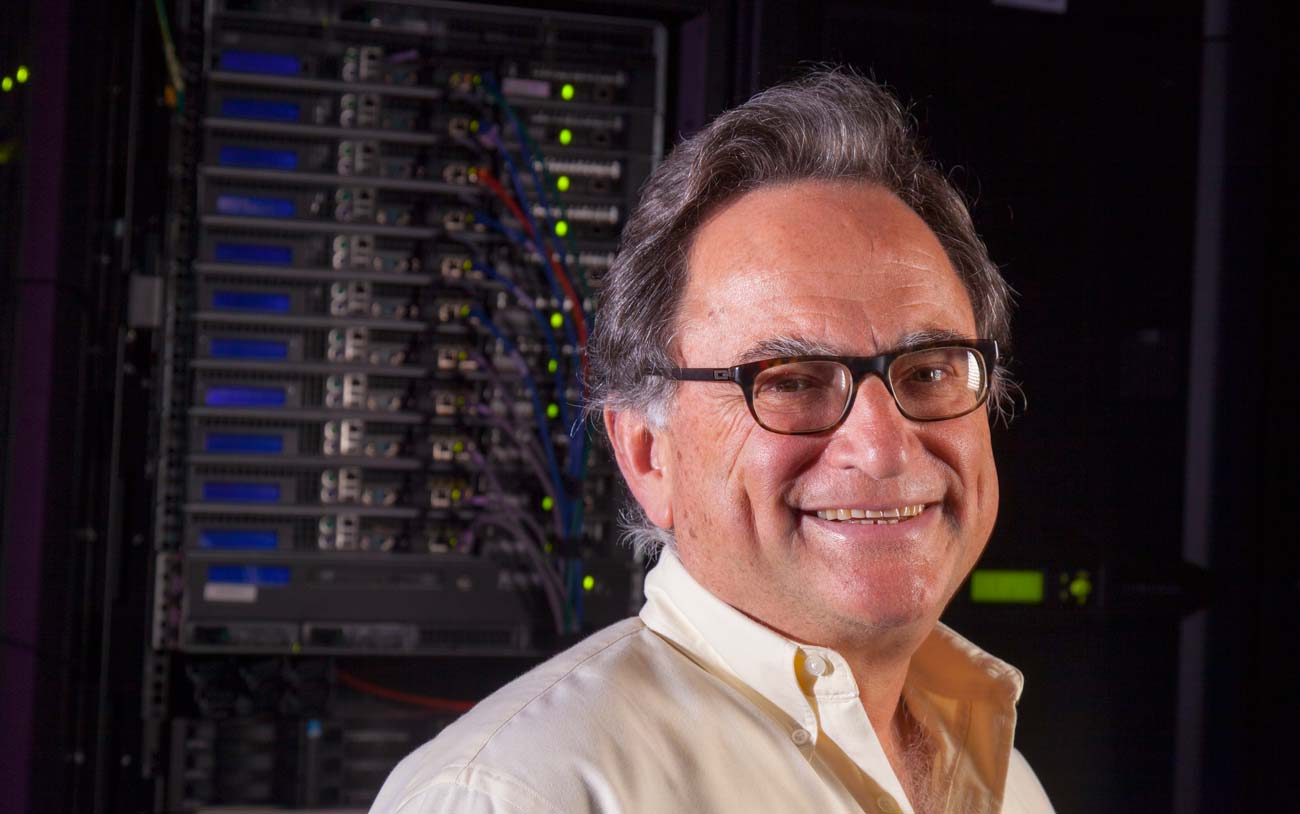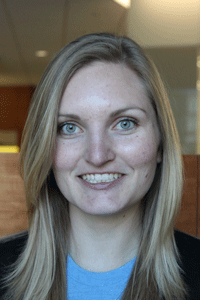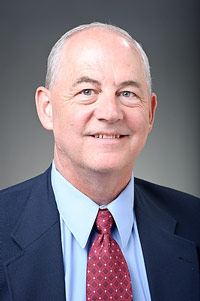If you’re conducting quantitative research at the University of Wisconsin-Madison, regardless of discipline, chances are there is a “next level” of discovery that could be unlocked through advanced computing.
UW–Madison is part of a six-university consortium supported by the National Science Foundation (NSF) working to eliminate barriers to entry, such as effort, cost and technical know-how, for any scholar looking to tap the potential of state-of-the-art computing technologies and capabilities.

“Our goal is not only to increase the overall adoption of advanced computing infrastructure on campuses, but to encourage more people from areas traditionally not involved in computing to use these resources,” says Paul Wilson, UW–Madison’s PI for the award, chair of the Advanced Computing Infrastructure (ACI) committee and a Discovery Fellow at WID.
“We’re not just looking at people who are using 100,000 computing hours a day, but people who may just need 10,000 hours a year,” Wilson adds. “By helping them use some of the larger-scale resources we can offer, they can maybe transform the way they do their research.”
The unique program, announced in March, will fund 12 new facilitator positions (two at each university) to serve as a bridge between reserachers and advanced computing resources both on and off their campuses. One of these national resources is the Open Science Grid. Other participating campuses in the $5.3 million NSF award include lead institution Clemson University, Harvard University, the University of Utah, the University of Hawaii and Southern California University.

The two positions for UW–Madison will triple the current capacity of facilitators on the campus. These positions will consult with researchers to identify custom hardware and software solutions to meet research needs and guide the development of new capabilities.
Miron Livny, chief technology officer for WID and the Morgridge Institute for Research, serves as chief scientist for the consortium. Livny’s Center for High-Throughput Computing (CHTC) has been offering this type of facilitation services for more than a decade. In 2013, CHTC supported more than 100 campus research projects and delivered more than 110 million hours of computing time.

“I always say that if the issue is hardware, the problem is already solved,” Livny says. “Hardware is easy. It is people who are the glue that bring the power of our advanced computing capabilities to the domain scientists.”
The facilitators will work to execute each project in a way that limits the time commitment and cost for researchers.
“For us, the key metric is not how long it took to get the computing done, but how many human interventions were needed to complete the task,” Livny says. “We’re trying to push the number of human interventions to zero.”
“Hardware is easy. It is people who are the glue that bring the power of our advanced computing capabilities to the domain scientists.”
— Miron Livny
Lauren Michael, research computing facilitator for CHTC, says the diversity of UW-Madison research projects has continued to grow. Recent examples include a study on the dynamics of galaxies, from formation to death; a simulation of the optimal parameters for engine efficiency; and an effort to improve cochlear implants by analyzing how the brain processes sound.
The consortium will create a professional network among the facilitators across all six campuses. This peer group will work together and bring different knowledge and expertise to the greater whole.
The Discovery Building houses a significant amount of the computing resources offered by campus, and will also serve as the home for the facilitators.
Bruce Maas, chief information officer for UW–Madison, sees strategic value in the campus connection to this project.
“We are jump-starting a national community of individuals whose role is to support faculty computation needs. The national community is critical to facilitate the frictionless exchange of emerging practices,” Maas says.

“When university faculty and enterprise IT staff, the federal government, and the private sector pool their collective resources, we can accomplish things that none of us could do alone,” adds Maas.
For more information on how you can tap into advanced computing resources, contact Lauren Michael or visit the project’s website.


You must be logged in to post a comment.